

This circular walk explores Kew and its history, starting and finishing at Kew Gardens underground station. It is a new walk prepared by the Kew Society to explore the bits of Kew away from the Gardens and can be downloaded from their site. I first learnt about it from the wonderful Diamond Geezer blog which the Kew Society also links to. A coldish day but quite pleasant in the lovely autumn sunshine.
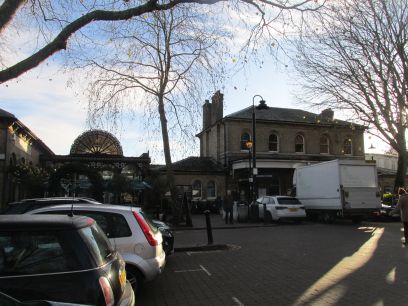
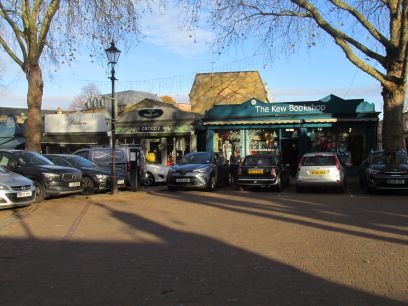
The walk starts right outside Kew Gardens station, called Kew Village, where I arrived just after 10am. There are several things to see right there, first the bridge over the railway built in 1912 with a wrought iron frame cased in concrete and with high walls to protect from smoke from the trains. Nearby a cobbled street once contained several engineering workshops and where viscose, or Rayon, was developed in 1894. Opposite shops dating from the late 1880s.
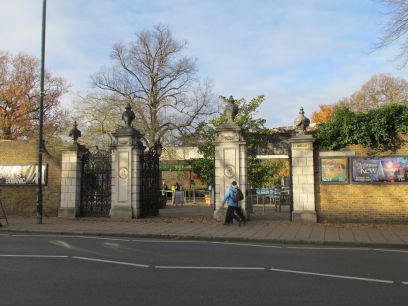

Victoria Gate is the main entrance to Kew Gardens, opened on Queen Victoria's birthday in 1889. Then the Campanile built in the 1840s as a water tower and chimney for the Palm House.


The Original Maids of Honour pub is famous for its curd pastry tarts from a recipe ordered to be kept secret by Henry VII and still kept secret by its present owners. Then the gated entrance to Gloucester Court, the first flats to be built in Kew Road in the 1930s.

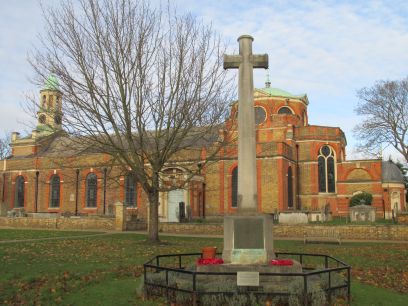
Reaching Kew Green which is quite an extensive one with various old buildings around its edges. Here is St Anne's church, consecrated by Queen Anne in 1714 and extended significantly over the years. In its graveyard is the tomb of Thomas Gainsborough but I failed to find it.

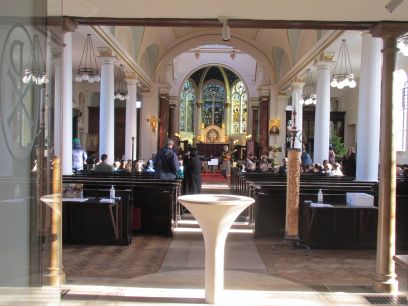
When I first arrived the door was locked despite a large sign saying it was open. But then I realised I had missed some of the sights on the walk due to my guide map being folded so backtracked to look at them. When I returned to the church the door was wide open with a party of school children singing their hearts out inside. It certainly is a magnificent building.
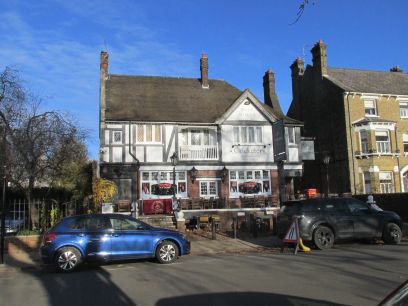
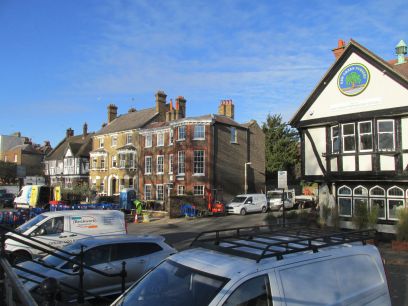
Further round the green is the Cricketers Pub, cricket has been played on the green for many years. Alongside is 85 Kew Green, formerly the site of the Kings Arms Inn.
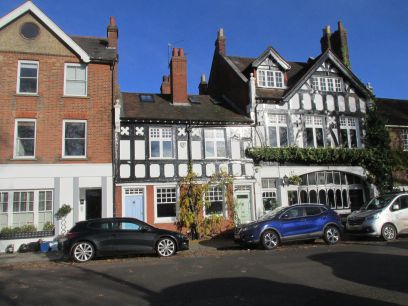

The Greyhound Pub and then Kew Pond. Henry VIII used to moor his royal barge there, it fell into disrepair over the years but now is under the care of the Friends of Kew Pond.

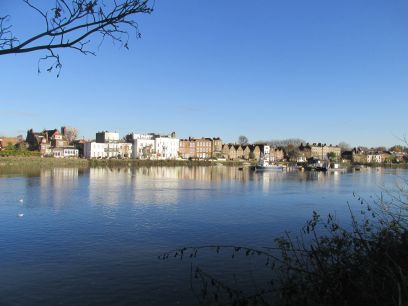
The short but narrow Thetis Terrace with 19th century artisan cottages leads down to the Thames where I had a pleasant short walk between Kew Bridge and Kew Railway Bridge which carries the District Line trains. Strand on the Green is seen on the North bank opposite.
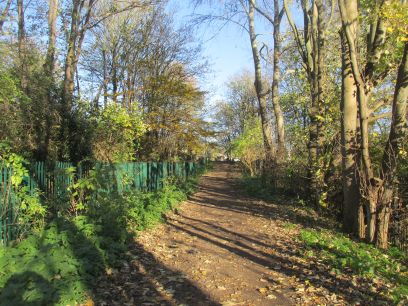

A short stretch of woodland path and the large Kew National Archive looms into view.
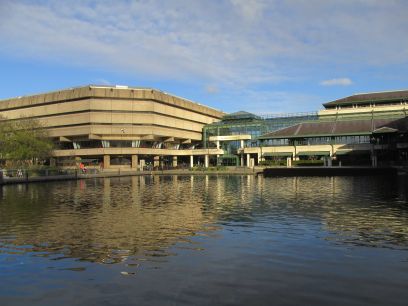
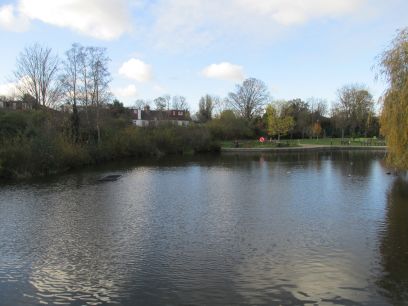
The National Archive is set in a large landscaped park with two lakes. During the war the grounds, as Ruskin Avenue, were used for producing maps for the war effort. There was an exhibition about Treason inside the building and I spent a fascinating half an hour learning about Charles 1, Charles 11, Guy Fawkes and others. Outside I met a group of other walkers, all with the Kew Walk guide, so it seems this new walk is very popular.

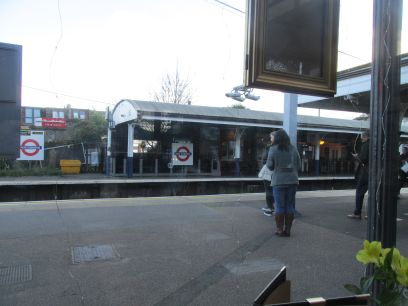
The walk continues through the grounds of the National Archive then through the suburban streets of Kew back to the station. There I had an excellent lunch in the Tap on the Line, which as its name suggests is uniquely right on the platform of the station. It was fascinating watching the trains, and passengers, coming and going as I ate my meal. Then a very short walk to catch the tube myself back to Richmond and home.